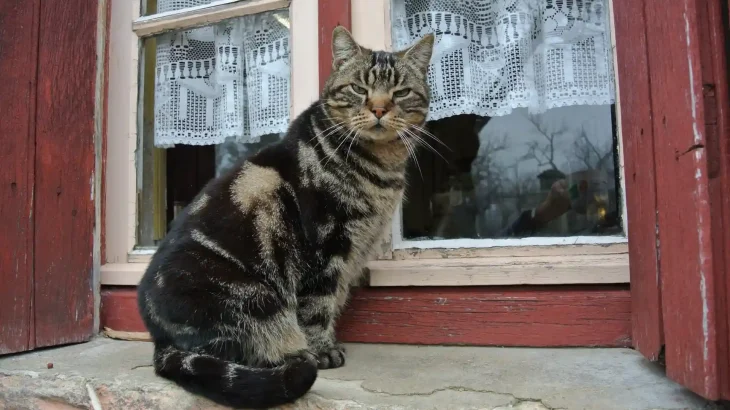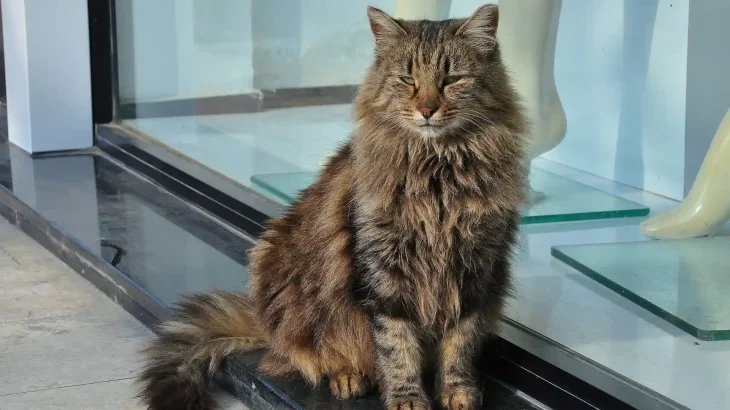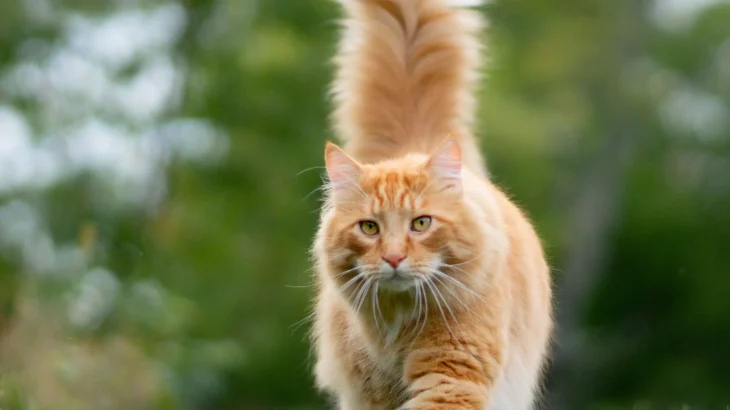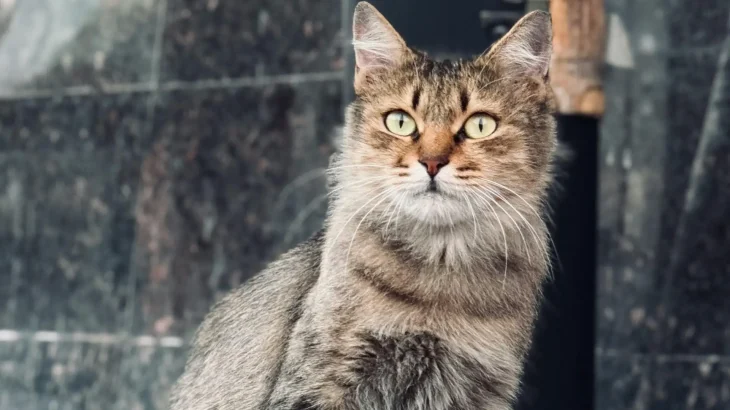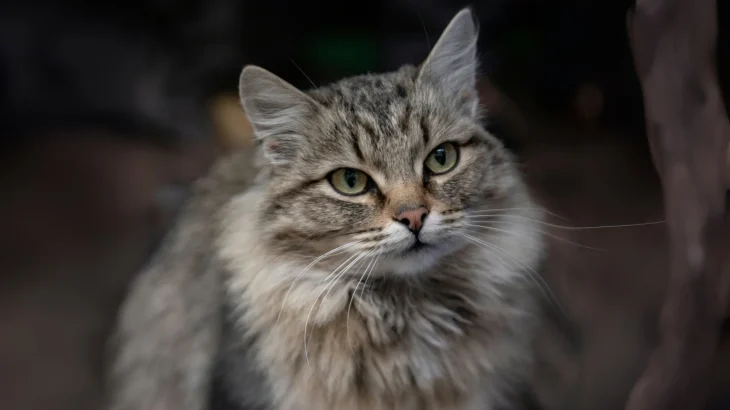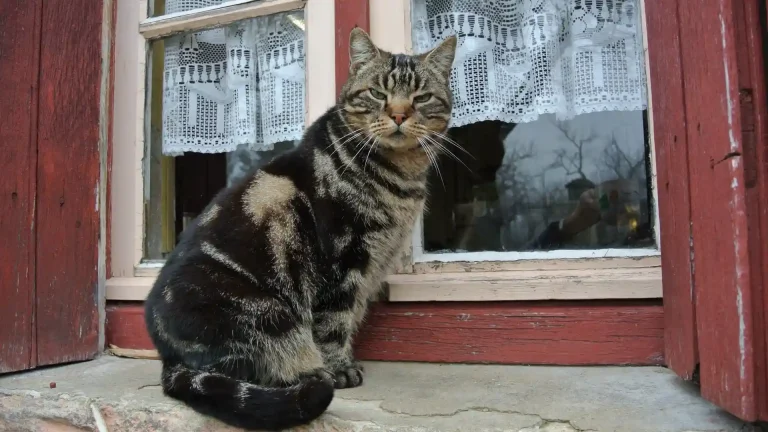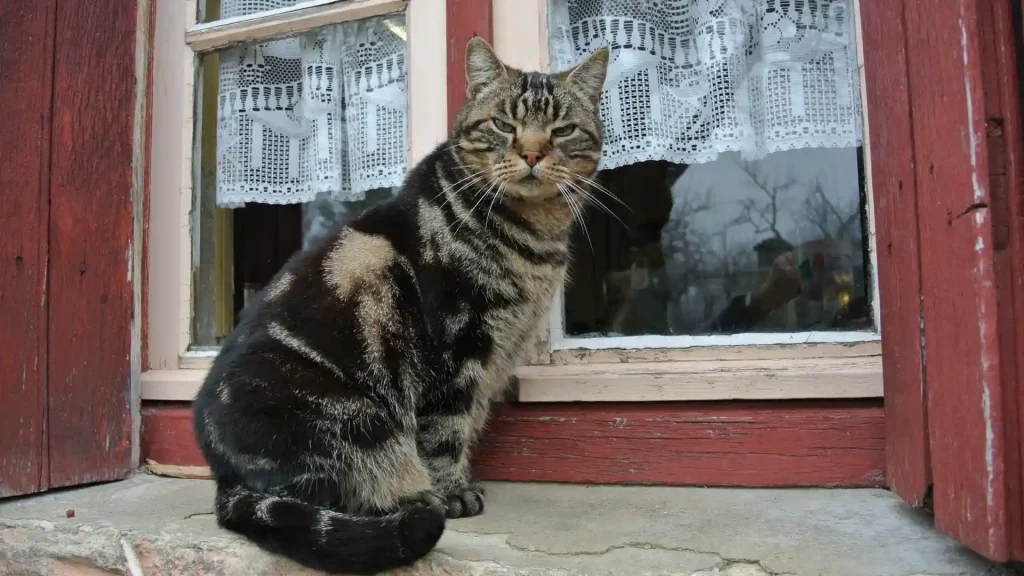When caring for an Altai cat, pet insurance can help manage unexpected health and medical costs. This lively breed might face issues like ingesting harmful substances or injuries during play. Insurance helps cover vet bills, allowing timely treatment without financial stress. It often includes coverage for health problems, emergency surgeries, and sometimes liability if the cat causes damage or injury. Owners should check coverage details, including exclusions and out-of-pocket costs. Deciding on insurance means weighing benefits like financial protection against premiums and coverage limits, helping owners support their Altai cat wisely.
Health and Surgery Coverage
Pet insurance usually covers treatments for illnesses, injuries, and emergencies such as poisoning or surgery. This helps with expensive diagnostics, medications, and procedures. Many policies exclude pre-existing conditions and routine care, so owners should review policies carefully to understand covered treatments and costs. For an active Altai cat, this coverage can be key to handling unexpected medical bills.
Liability Coverage
Liability coverage can be useful if an Altai cat injures someone or damages property—like scratching a visitor. This protects owners from related financial claims. Often optional, owners should confirm if liability is included or consider extra coverage. It offers peace of mind despite possibly higher premiums.
Alternatives and Out-of-Pocket Costs
Some owners choose to self-insure by saving money for vet expenses instead of buying insurance. This avoids premiums but risks large sudden costs during emergencies, like treating poisoning. Pet insurance typically covers major bills after deductibles, but routine care like vaccinations is usually paid by the owner. Owners should weigh these factors against their finances and their Altai cat's health risks.
Advantages and Disadvantages of Pet Insurance
Pet insurance offers financial security, quicker access to care, and less stress over unexpected costs, important for an active breed like the Altai cat. Downsides include premiums and possible coverage gaps. Some skip insurance if their pet is healthy, but accidents highlight risk. Overall, insurance provides a safety net, protecting both cat's health and owner's peace of mind.

